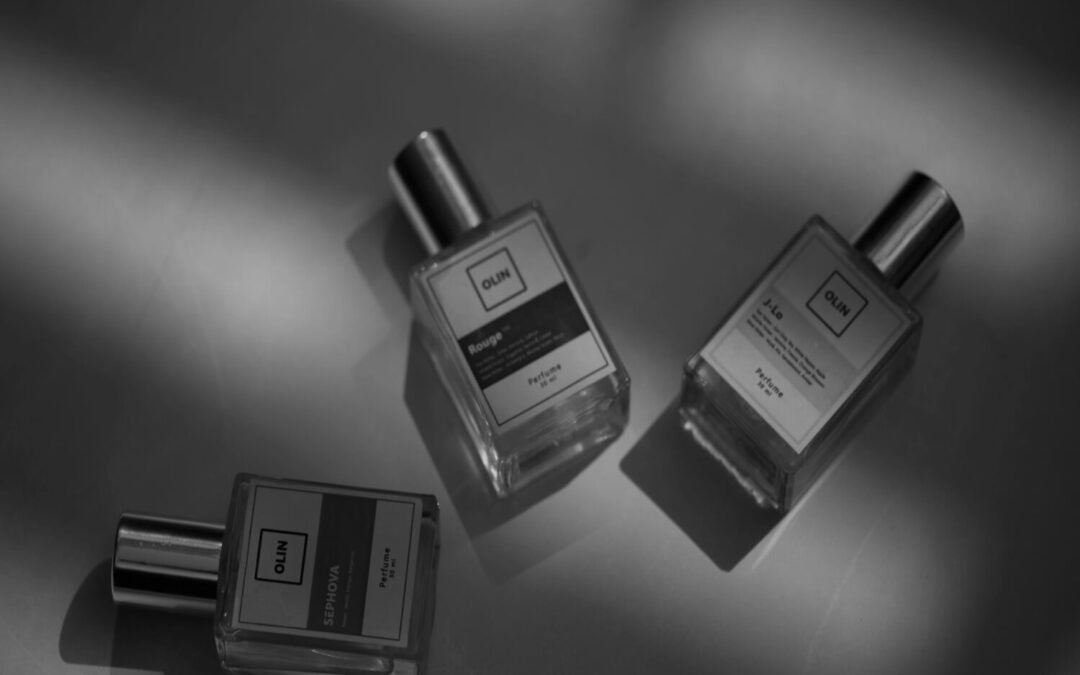Luxury perfumes are more than just fragrances; they are a blend of art, science, and craftsmanship. Each bottle tells a story, capturing the essence of nature’s finest ingredients and transforming them into a long-lasting olfactory experience. But have you ever wondered how these exquisite scents are made? Let’s take a journey through the meticulous process of crafting luxury perfumes, from raw materials to the elegant bottles on store shelves.
1. The Art of Selecting Ingredients
The journey of a luxury perfume begins with the careful selection of high-quality ingredients. These ingredients fall into three main categories:
Natural Extracts: Sourced from flowers (rose, jasmine), spices (vanilla, cinnamon), fruits (bergamot, citrus), and woods (sandalwood, oud).
Essential Oils: Extracted through steam distillation or cold pressing to capture the pure essence of plants.
Synthetic Notes: Created in laboratories to enhance longevity, complexity, and uniqueness.
Luxury perfume houses often source their raw materials from renowned locations—such as French lavender fields, Indian jasmine farms, and Middle Eastern oud forests—ensuring only the finest quality is used.
2. The Art of Blending: Creating a Signature Scent
Once the raw materials are gathered, expert perfumers, also known as “noses,” begin crafting the scent. This process involves:
Building Fragrance Layers: A perfume is composed of top, middle (heart), and base notes, each playing a role in how the scent unfolds over time.
Balancing Ingredients: Perfumers use precise measurements to ensure harmony between floral, woody, citrus, and musky accords.
Aging & Maturation: Some luxury perfumes undergo an aging process, allowing the ingredients to blend and develop depth.
This stage is where creativity shines, as master perfumers create unique and memorable scents that evoke emotions and sophistication.
3. The Distillation & Extraction Process
Extracting scent from natural materials is a delicate art. Depending on the ingredient, different extraction methods are used:
Steam Distillation: Used for essential oils from flowers and plants.
Solvent Extraction: Ideal for delicate florals like jasmine, preserving their natural aroma.
Cold Pressing: Commonly used for citrus oils like bergamot and lemon.
These methods ensure that every drop of perfume oil retains its richness and intensity.
4. The Perfume Formulation & Alcohol Blending
Once the essential oils are obtained, they are blended with alcohol to create the final fragrance concentration. Perfumes vary in intensity based on their formulation:
Parfum (Pure Perfume) – 20-30% fragrance oil (long-lasting)
Eau de Parfum (EDP) – 15-20% fragrance oil (balanced longevity & intensity)
Eau de Toilette (EDT) – 5-15% fragrance oil (light and refreshing)
Eau de Cologne (EDC) – 2-5% fragrance oil (subtle and fresh)
Luxury perfumes typically have a higher concentration of fragrance oils, ensuring they linger on the skin for hours.
5. Bottling: A Touch of Elegance
The final stage of the process is bottling and packaging. Luxury perfume bottles are often designed with artistic precision, using high-quality glass, intricate detailing, and elegant caps. Some brands even create limited-edition bottles adorned with crystals, gold accents, or hand-painted designs.
Every bottle reflects the luxury and exclusivity of the fragrance inside, making it a statement piece for collectors and perfume lovers.
Conclusion: A Symphony of Luxury & Craftsmanship
From the careful selection of ingredients to the final, beautifully crafted bottle, luxury perfumes are a masterpiece of artistry and precision. The process takes months, sometimes years, to perfect, ensuring that each scent is timeless and unforgettable.
At Enigma Loft, we celebrate the craftsmanship behind luxury perfumes, bringing you a collection that embodies elegance, sophistication, and pure indulgence. Explore our exclusive range and experience the magic of fine perfumery.

